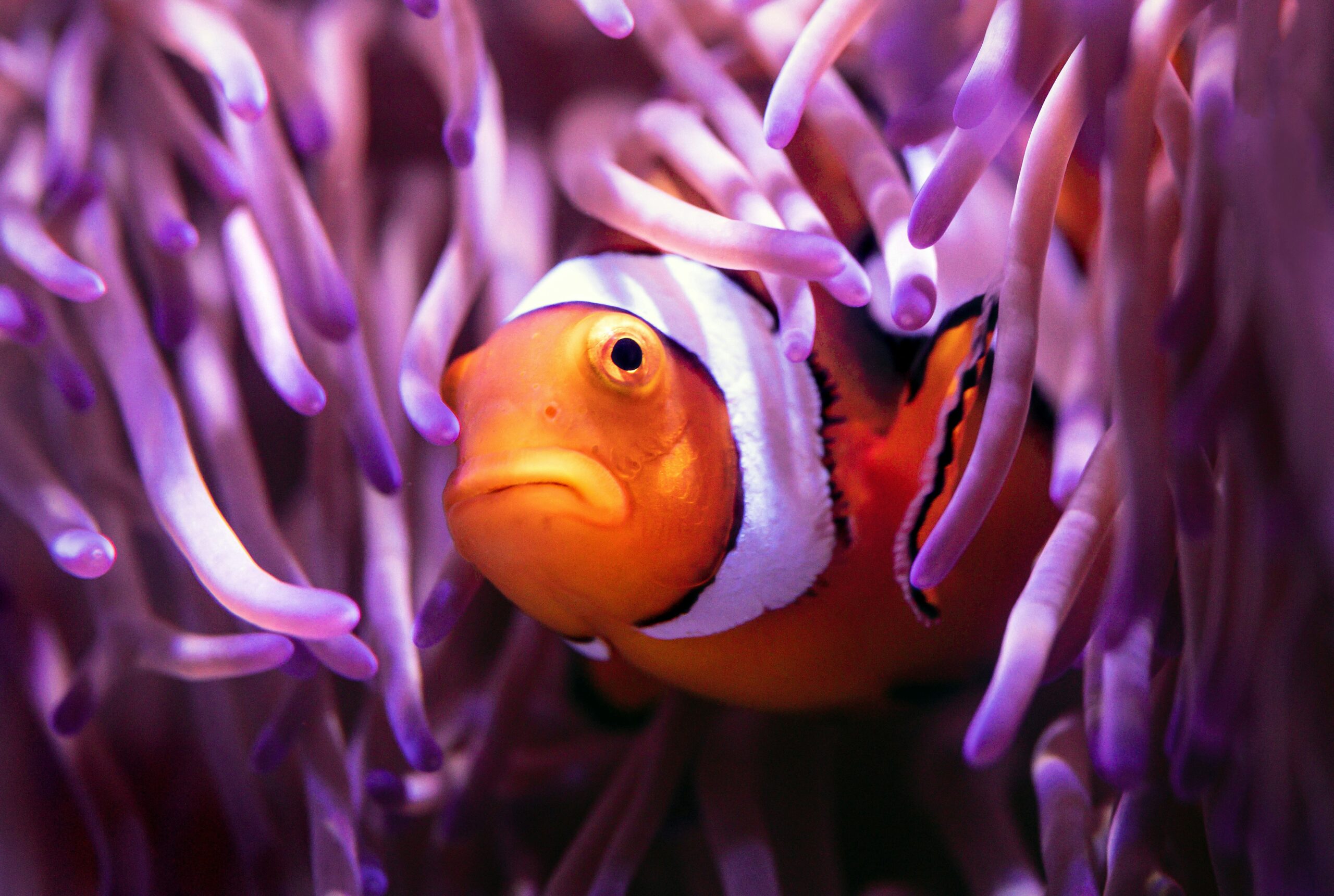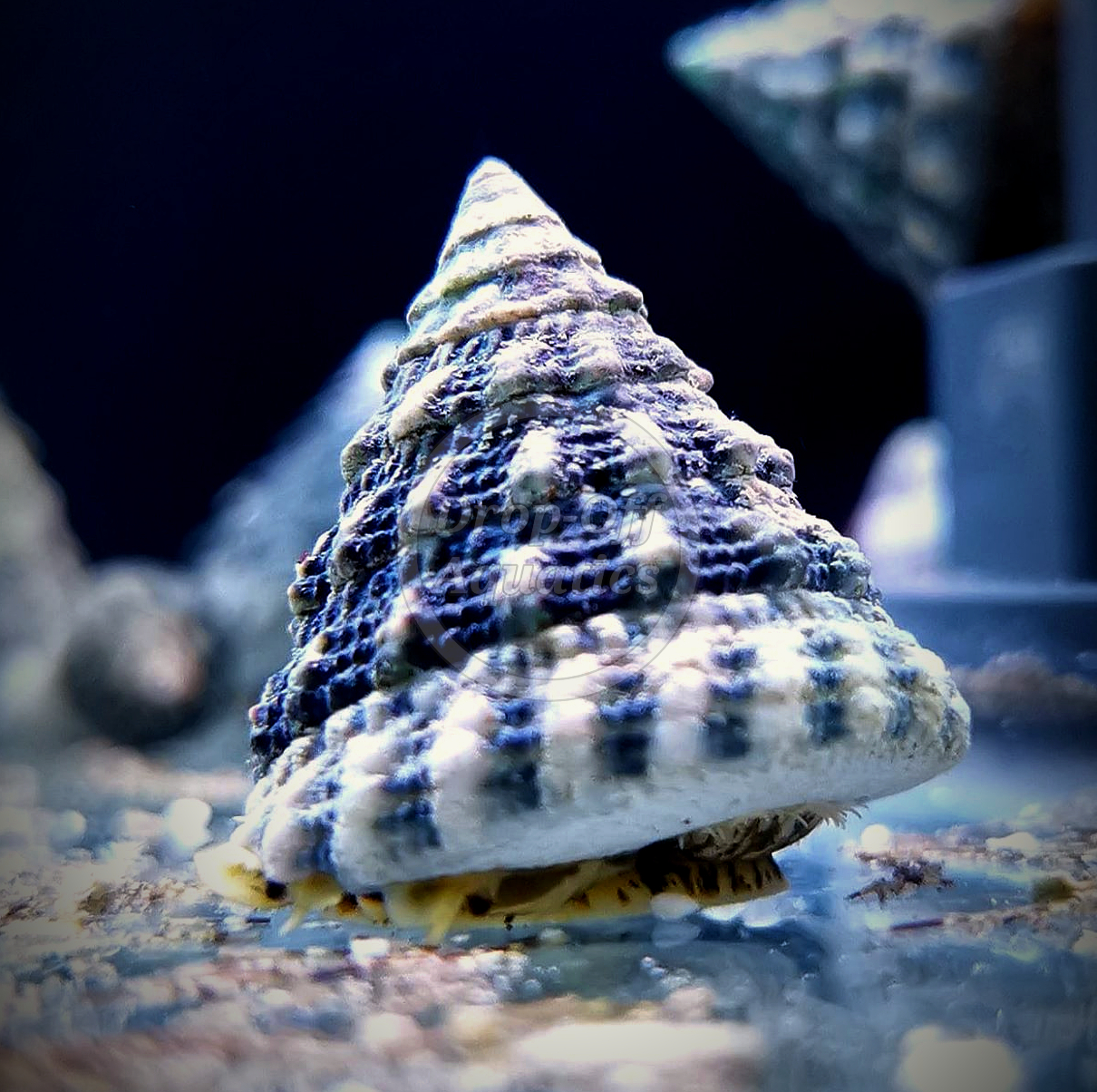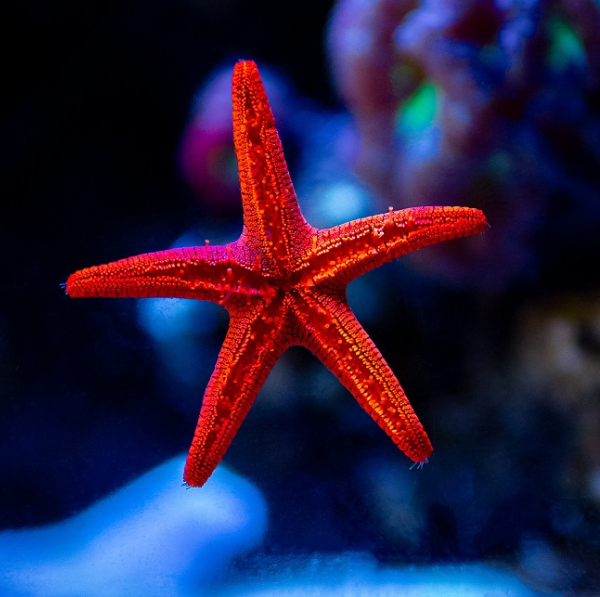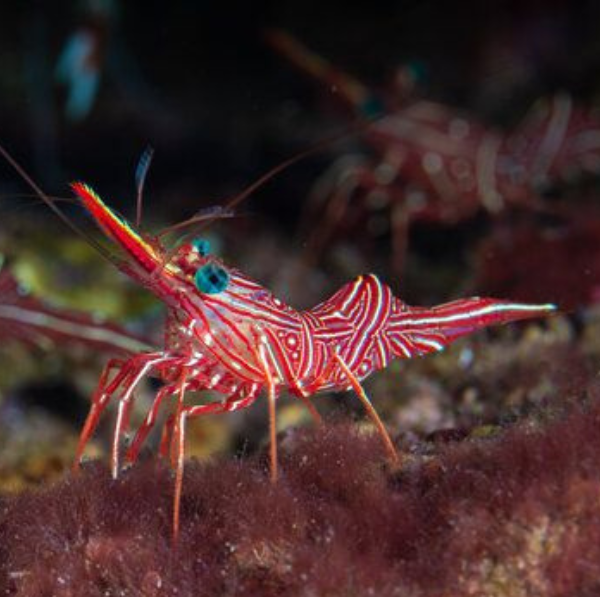The Ultimate Guide to Reefkeeping: How to Start Your First Saltwater Tank
The Ultimate Guide to Reefkeeping
Time to start your own saltwater tank. Enjoy CrazyHobbyist comprehensive guide.
Table of Contents
Introduction to Reefkeeping
What is Reefkeeping?
Reefkeeping is the practice of maintaining and cultivating a marine aquarium that contains live corals, fish, and other marine organisms. Unlike a standard freshwater aquarium, a reef tank replicates a complex and delicate ecosystem that mirrors the biodiversity found in natural coral reefs. Therefore, the goal is to create a stable environment where both the fish and corals can thrive.
Reefkeeping offers an exciting and rewarding challenge for aquarium enthusiasts. It requires a deep understanding of marine biology, water chemistry, and the unique needs of various marine species. While it may seem daunting at first, with proper planning and care, anyone can start and maintain a thriving reef tank.
Benefits of Reefkeeping
- Educational Experience: Reefkeeping offers a hands-on learning experience about marine ecosystems, biology, and chemistry.
- Aesthetic Appeal: A well-maintained reef tank can be a stunning centerpiece in any home or office.
- Therapeutic Effects: Watching marine life can be calming and reduce stress.
- Conservation Awareness: Reefkeepers often develop a greater appreciation for ocean conservation and the importance of protecting natural coral reefs.
Common Myths and Misconceptions of Saltwater Tanks
- Reef Tanks Are Too Difficult for Beginners: While reef tanks do require more attention than freshwater tanks, beginners can succeed with the right knowledge and equipment.
- Reef Tanks Are Incredibly Expensive: While costs can add up, there are budget-friendly options and ways to start small.
- Corals Are Impossible to Keep Alive: With the right conditions and care, corals can thrive even in a beginner’s tank.
Planning Your First Saltwater Tank
Choosing the Right Tank Size
The size of your reef tank will significantly influence your experience as a reefkeeper. Which is why larger tanks are generally more stable and forgiving of mistakes, but they require more space, equipment, and maintenance.
- Small Tanks (10-30 gallons): Ideal for beginners with limited space, but more challenging to maintain due to rapid water parameter fluctuations.
- Medium Tanks (30-75 gallons): A balanced choice for beginners, offering stability and a good range of livestock options.
- Large Tanks (75+ gallons): Best for those with the space and budget, providing greater stability and flexibility in stocking.
Deciding on the Location
The location of your reef tank is crucial. Consider the following factors:
- Access to Power Outlets: Ensure the tank is near enough outlets for all equipment.
- Stability and Weight Support: The floor must support the tank’s weight, especially for larger tanks.
- Avoid Direct Sunlight: Sunlight can cause unwanted algae growth and temperature fluctuations.
- Accessibility for Maintenance: Ensure enough space around the tank for easy access during cleaning and maintenance.
Understanding Saltwater Tank Types: Fish-Only, FOWLR, and Reef Tanks
- Fish-Only Tanks: Contain only fish and no live corals. Easier to maintain but less visually diverse.
- FOWLR (Fish-Only with Live Rock): Includes fish and live rock but no corals. The live rock provides natural filtration and aesthetic appeal.
- Reef Tanks: The most complex, containing fish, corals, and invertebrates. Requires more attention to water quality and lighting.
Budgeting for Your Reef Tank
Starting a reef tank can be expensive, but it’s essential to plan and budget accordingly. Costs to consider include:
- Tank and Stand
- Lighting and Filtration Systems
- Live Rock and Substrate
- Livestock (Fish, Corals, Invertebrates)
- Maintenance Supplies (Test Kits, Salt, etc.)
Essential Equipment for Reefkeeping
Tanks and Stands
Your tank is the foundation of your reef system. Glass tanks are popular for their clarity and scratch resistance, while acrylic tanks are lighter but more prone to scratching. Ensure the stand is sturdy and can support the tank’s weight.
Lighting Systems
Lighting is critical for the health of your corals and the overall look of your tank. Different corals require different light intensities and spectrums:
- LED Lights: Energy-efficient, customizable, and long-lasting. Ideal for reef tanks.
- T5 Fluorescent Lights: Provide excellent light coverage and intensity.
- Metal Halide Lights: Powerful and ideal for tanks with high-light-demanding corals, but generate more heat and consume more energy.
Filtration Systems
Filtration is essential for maintaining water quality. The three main types of filtration are:
- Mechanical Filtration: Removes particulate matter using filter socks, sponges, or pads.
- Biological Filtration: Utilizes live rock and bio-media to break down harmful ammonia and nitrites.
- Chemical Filtration: Uses activated carbon, phosphate removers, and other media to remove impurities.
Protein Skimmers
A protein skimmer removes organic waste before it breaks down, improving water quality and reducing the need for frequent water changes. It’s a crucial component for maintaining a healthy reef tank.
Heaters and Chillers
Reef tanks require stable water temperatures. Moreover, it depends highly on your location and tank setup. You may require the following:
- Heaters: To maintain a consistent temperature, typically around 76-82°F (24-28°C).
- Chillers: To prevent overheating, especially in tanks with high-power lighting.
Water Pumps and Powerheads
Water movement is vital for simulating natural ocean currents, aiding in gas exchange, and preventing dead spots where detritus can accumulate. Powerheads and wave makers help create the necessary flow in your tank.
Test Kits and Controllers
Regularly testing your water parameters is essential to maintaining a healthy reef tank. Key parameters to monitor include:
- Ammonia, Nitrite, and Nitrate
- pH
- Calcium, Alkalinity, and Magnesium
- Phosphate
Controllers can automate and monitor various aspects of your tank, such as temperature, pH, and lighting schedules.
Setting Up Your Saltwater Tank
Cleaning and Preparing the Tank
Before setting up your tank, it’s essential to clean it thoroughly. Use a vinegar solution and a soft cloth to remove any dust or residues. Rinse the tank well with fresh water.
Setting Up the Tank: Step-by-Step
- Position the Tank: Place your tank on the stand and ensure it’s level.
- Install Equipment: Attach the filtration system, protein skimmer, and other necessary equipment.
- Add Substrate: Spread a layer of sand or crushed coral substrate at the bottom of the tank. This will provide a base for your live rock and aid in biological filtration.
- Add Live Rock: Arrange the live rock to create caves, overhangs, and open spaces. This will provide hiding spots for fish and a surface for corals to attach.
Filling the Tank with Water
Fill the tank with reverse osmosis (RO) water, and then mix in marine salt in order to achieve the desired salinity (typically 1.023-1.025 SG). Allow the water to reach the appropriate temperature before proceeding.
Cycling a Saltwater Tank: The Nitrogen Cycle Explained
Cycling the tank is a critical process in order to establish beneficial bacteria that could break down harmful ammonia and nitrites. Here’s how to cycle your tank:
- Ammonia Source: Add a small amount of fish food or a pure ammonia source to kickstart the cycle.
- Bacterial Growth: Beneficial bacteria will colonize the live rock and substrate, converting ammonia to nitrite and then to nitrate.
- Testing: Regularly test for ammonia, nitrite, and nitrate levels. The cycle is complete when ammonia and nitrite levels drop to zero, and nitrate levels begin to rise.
Choosing and Adding Livestock
Understanding Compatibility and Stocking Levels
Before adding any livestock, research their compatibility and the recommended stocking levels for your tank size. Overcrowding can lead to stress, disease, and poor water quality.
Selecting Fish for Your Saltwater Reef Tank
When choosing fish, consider their temperament, size, and diet in order to have a more cohesive and friendly community. Some popular beginner-friendly reef fish include:
- Clownfish
- Blue/Green Chromis
- Firefish
- Royal Gramma
- Gobies and Blennies
- 10 Reef friendly fishes for your aquarium
Avoid aggressive or large species that may prey on other tank inhabitants or outgrow your tank.
Choosing Corals: Soft, LPS, and SPS Corals for Saltwater Tank
Corals are categorized into three main groups:
- Soft Corals: Easier to care for, with lower light and flow requirements. Examples include Zoanthids, Mushrooms, and Leather Corals.
- LPS (Large Polyp Stony) Corals: Require moderate care, with more demanding light and flow needs. Examples include Frogspawn, Hammer, and Torch Corals.
- SPS (Small Polyp Stony) Corals: The most challenging, requiring high light and flow. Examples include Acropora, Montipora, and Birdsnest Corals.
Adding Invertebrates: Snails, Crabs, Shrimp, and More
Invertebrates play a vital role in maintaining your reef tank. Some beneficial invertebrates include:
- Snails: Help control algae growth.
- Hermit Crabs: Scavenge for leftover food and detritus.
- Shrimp: Act as natural cleaners, removing parasites from fish.
- Sea Stars and Urchins: Assist in keeping the substrate clean.
Saltwater Tank Quarantine Process for New Livestock
To prevent introducing diseases and parasites to your reef tank, it’s essential to quarantine new livestock. Set up a separate quarantine tank with similar water parameters, and observe the new arrivals for 2-4 weeks before adding them to the main tank.
Maintaining Your Saltwater Reef Tank
Daily, Weekly, and Monthly Maintenance Tasks
Consistent maintenance is key to a thriving reef tank. Here’s a basic schedule:
- Daily: Check equipment, observe livestock, and monitor temperature.
- Weekly: Test water parameters, clean the glass, and perform a partial water change (10-20%).
- Monthly: Replace filter media, clean equipment, and inspect for any issues.
Monitoring Water Parameters
To ensure healthy growing livestock, regularly test your water parameters as it is crucial for detecting potential problems early. Aim to maintain the following levels:
- Ammonia and Nitrite: 0 ppm
- Nitrate: <20 ppm (preferably <10 ppm for sensitive corals)
- pH: 8.1-8.4
- Salinity: 1.023-1.025 SG
- Calcium: 400-450 ppm
- Alkalinity: 8-12 dKH
- Magnesium: 1250-1350 ppm
Feeding Your Fish and Corals
Proper nutrition is essential for healthy fish and corals. Therefore, feed your fish a varied diet, including high-quality pellets, frozen foods, and occasional live foods. Corals may require supplemental feeding with products like phytoplankton or coral-specific foods.
Handling Algae Growth
Algae growth is natural but should be controlled to prevent it from overtaking your tank. To manage algae:
- Reduce Lighting Periods: Excess light can fuel algae growth.
- Maintain Proper Nutrient Levels: High nitrates and phosphates contribute to algae growth.
- Add Algae-Eating Livestock: Snails, crabs, and certain fish can help control algae.
- Manually Remove Algae: Regularly scrub the glass and remove any visible algae.
Dealing with Common Reef Tank Problems
Some common issues reefkeepers face include:
- Coral Bleaching: Caused by stress, poor water quality, or inadequate lighting.
- Fish Disease: Quarantine and treat affected fish promptly.
- Cyanobacteria: A type of red slime algae that can take over your tank. Improve water flow, reduce nutrients, and consider chemical treatments if necessary.
Advanced Reefkeeping Tips
Dosing and Supplements
As your tank matures, corals will consume more calcium, alkalinity, and magnesium. In order to cope up with the demand, dosing these elements is crucial to maintained at proper levels. Some reefkeepers use automated dosing pumps for consistent supplementation.
Understanding Coral Propagation
Coral propagation, or “fragging,” involves cutting a piece of coral to grow a new colony. This practice can help control the growth of large corals and share frags with other reefkeepers.
Managing Water Chemistry: Calcium, Alkalinity, and Magnesium
Maintaining balanced levels of calcium, alkalinity, and magnesium is vital for coral health. Use test kits to monitor these levels and adjust dosing as needed. Imbalances can lead to issues like coral stunting or excessive algae growth.
Handling Pests and Diseases
Pests like flatworms, aiptasia, and nudibranchs can harm your reef tank. Regularly inspect your corals and livestock for signs of pests. If discovered, take immediate action to remove or treat the infestation.
Conclusion
The Rewards of Reefkeeping or Saltwater Tanks
Reefkeeping is a challenging but incredibly rewarding hobby. The vibrant colors, diverse marine life, and sense of accomplishment from creating and maintaining a thriving ecosystem are unmatched.
Continuous Learning and Community Involvement
The world of reefkeeping is ever-evolving, with new technologies, techniques, and discoveries emerging regularly. Engage with the reefkeeping community through forums, social media, and local clubs to stay informed and share experiences.
Final Tips for Success
- Patience is Key: Take your time with each step, and don’t rush the process.
- Consistency Matters: Regular maintenance and monitoring will prevent most issues.
- Enjoy the Journey: Reefkeeping is a journey filled with learning and discovery. Embrace the challenges and enjoy the beauty of your reef tank.
This comprehensive guide will serve as an excellent resource for beginners and those looking to deepen their understanding of reefkeeping.
Related Articles:
Share This Story, Choose Your Platform!
latest video
Subscribe Now
Keep up to date with latest news and hobby tips here at CrazyHobbyist












[…] of creating your own stunning reef tank at home? Look no further! Our latest article, “The Ultimate Guide to Reefkeeping: How to Start Your First Saltwater Tank“ on CrazyHobbyist.com, is your comprehensive roadmap to making that dream a […]